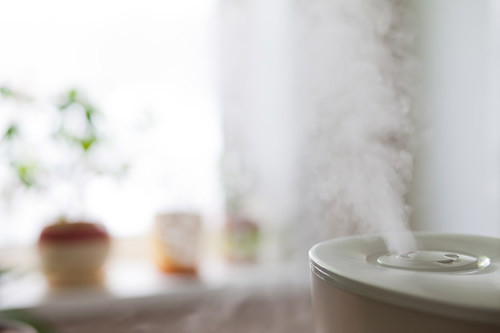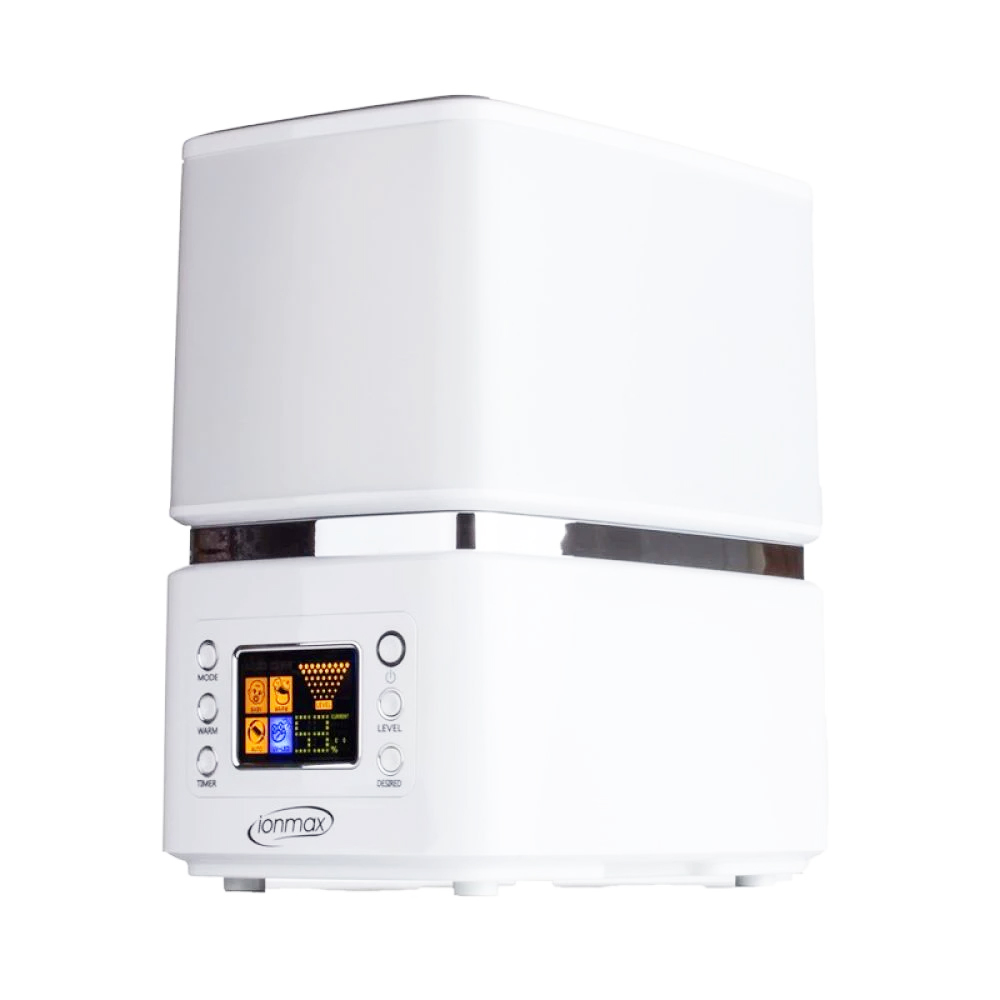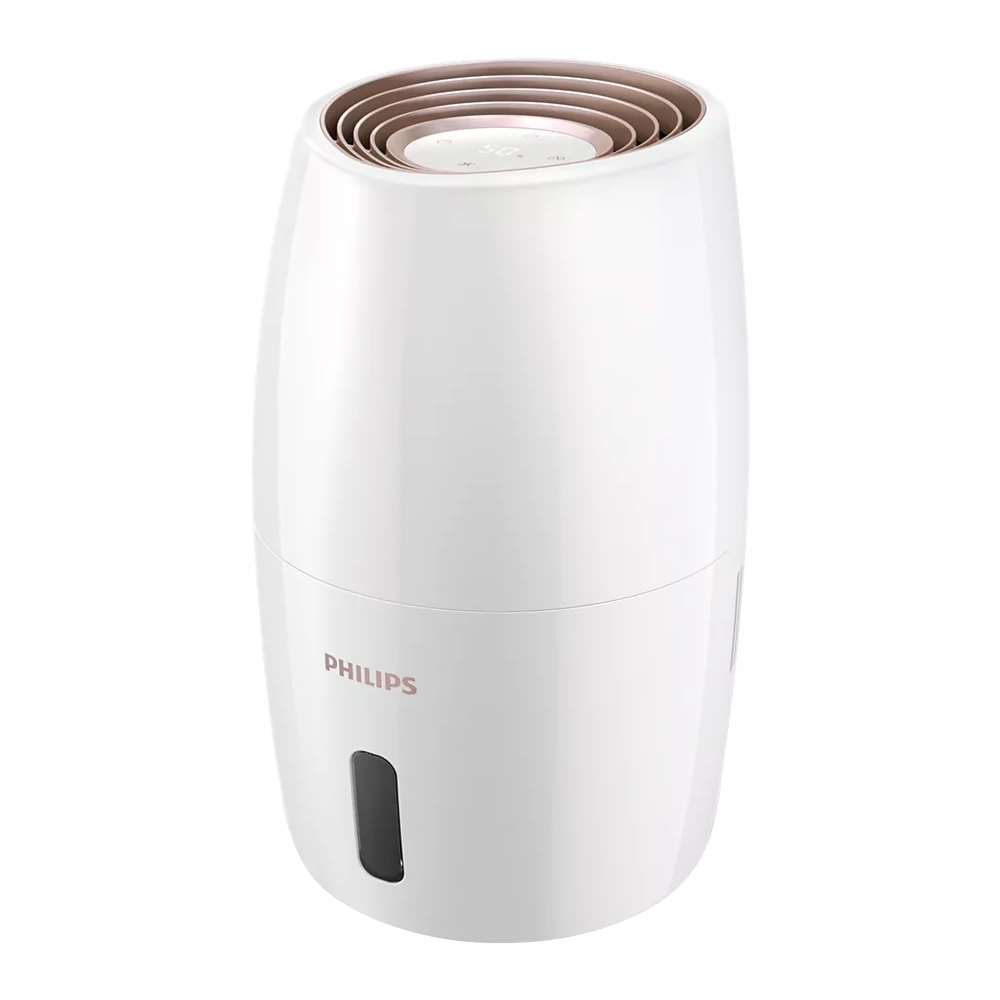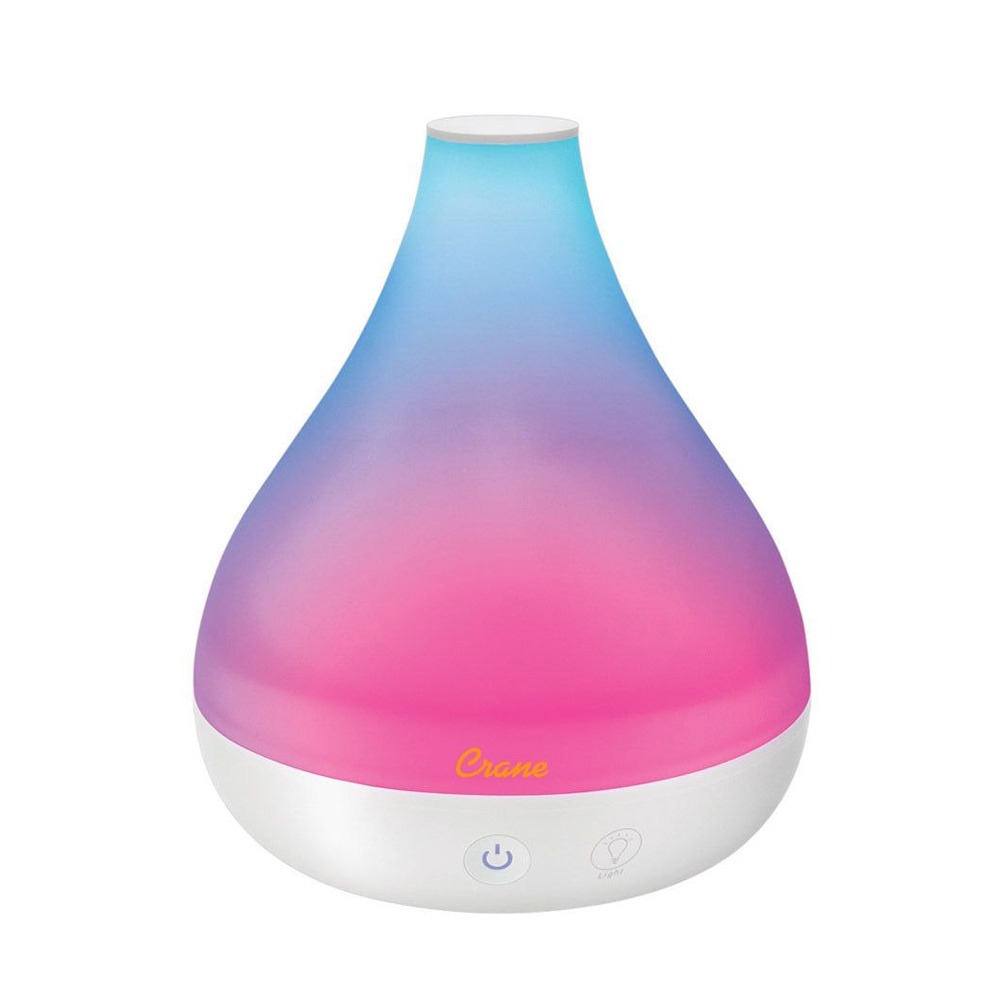How do Humidifiers Help with Allergies and Breathing?
Humidity, or a lack thereof, can wreak havoc on allergies and breathing. Humidity refers to the water vapour in the air and has been linked to allergies and respiratory infections. Air with higher humidity levels can help relieve discomfort caused by symptoms such as dry mouth and throat, sinus inflammation, nasal congestion and irritation. This is especially the case during the winter months.
When it’s cold outside, we turn up the heat inside to stay warm. Unfortunately, doing this leads to dry air that can cause all kinds of discomfort. Along with dry nasal passages and throat, the dry air in a heated home can also cause dry, itchy skin and dry, cracked lips. People often experience frequent nosebleeds when the air is too dry. Dry air also makes it difficult to sleep, especially if you have allergies or even a common cold.

Dry air can also damage your home and belongings. If the air in your home is consistently dry, either from your heating in the winter or just simply living in a dry climate, art work, musical instruments, and even wood floors and panelling can dry out and warp.
The key is to maintain an ideal amount of humidity all year round to help you and your loved ones breathe and sleep easier while also protecting your home.
How Humidifiers Can Help
Indoor humidity levels generally range from 20 to 70 percent, though it can certainly go higher depending on where you live. When the air is too dry, you end up with the issues we just talked about. Humidity levels that are too high can also be a problem though, as moisture in the air can help mould and dust mites to thrive. Since dust mites can’t survive in humidity levels below 50 percent, you can use a humidifier to help you find optimal balance to keep you comfortable while also keeping dust to a minimum and avoiding making your home too damp. The ideal setting for a dehumidifier falls between 40 and 48 percent.
Humidifiers are portable units that can be used to humidify the air in one or more rooms, depending on the type and size. They contain a water reservoir (tank) that you need to fill regularly. Most are programmable so that you can choose and maintain the humidity level of your choice. An alarm will indicate when the tank needs refilling.
Even though there are different types of humidifiers available, they all work in a similar way to provide the same end result, which is to force moisture into your home’s air in the form of a mist that is invisible to the eye.
When you turn on a humidifier, you can almost immediately feel the difference in the air that you breathe. Your space feels more comfortable, you begin to breathe better without the feeling of dryness and irritation in your nose and mouth, and you sleep better. Those suffering with a cold or allergies will be especially aware—and thankful—of the improvement in the air.




